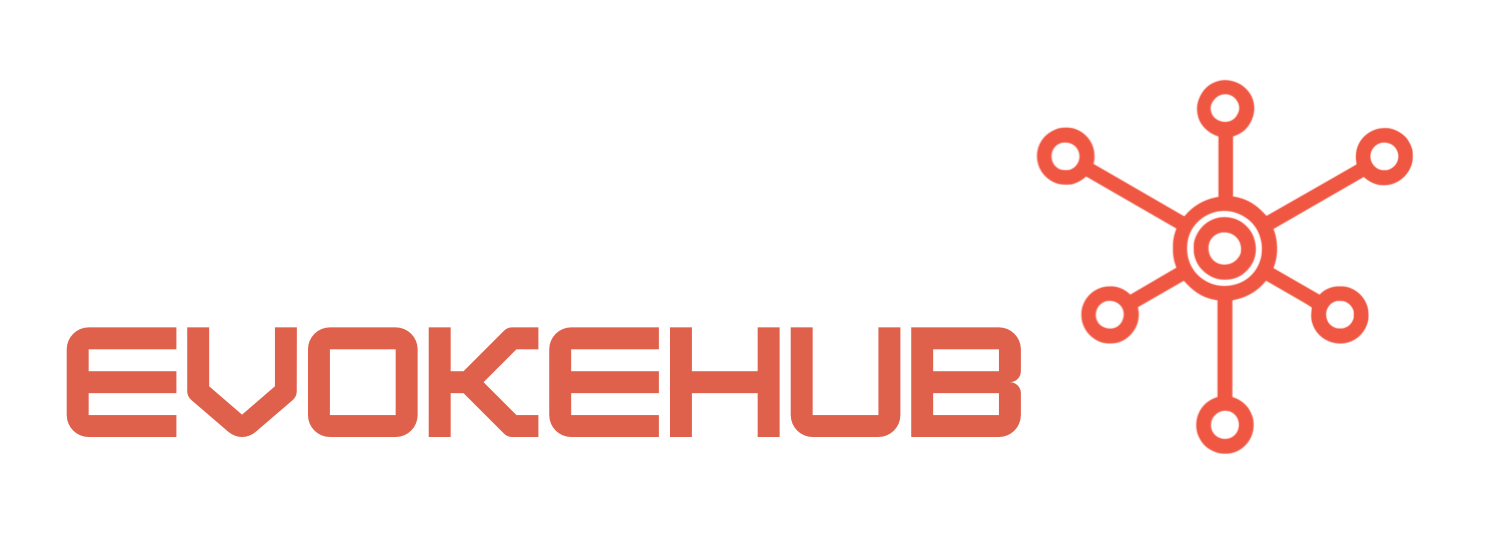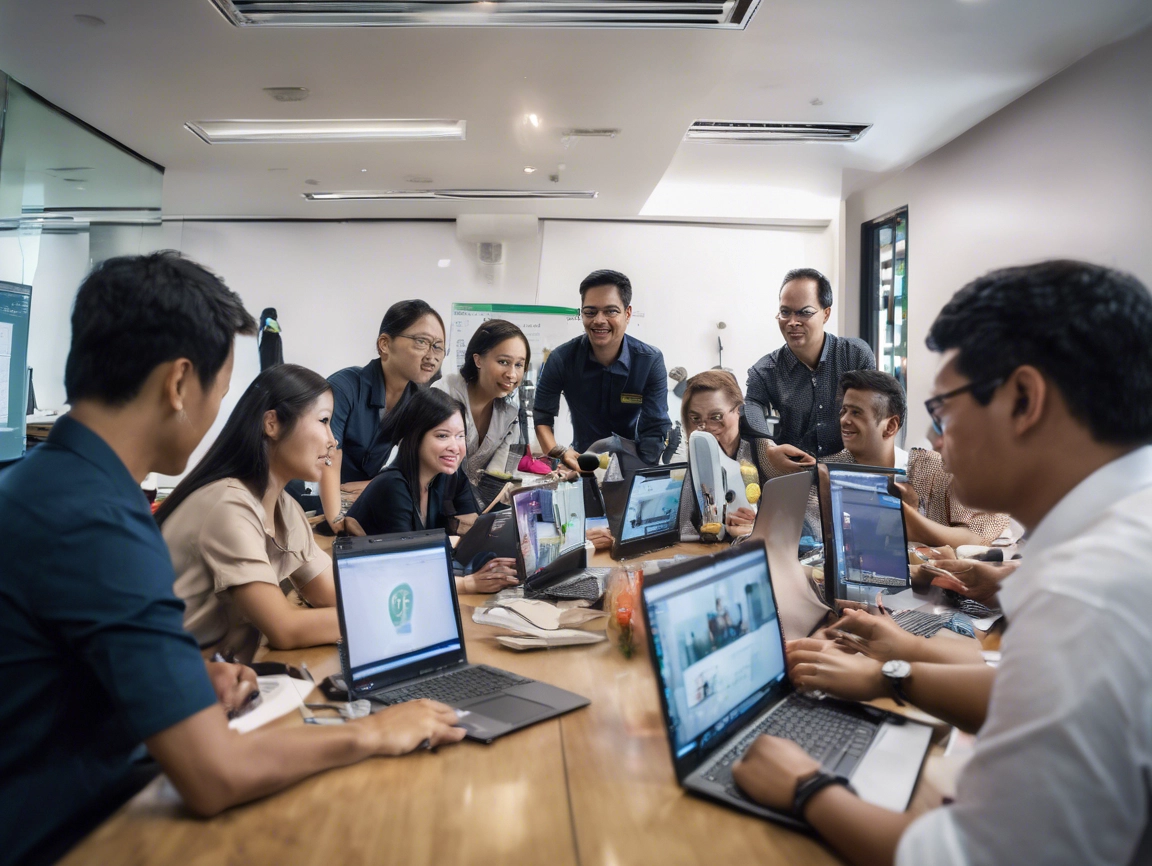Integrating Thai Project Management Techniques into Tech Teams
Integrating Thai project management techniques into tech teams begins with understanding the cultural context of collaboration and communication. Thai culture emphasizes respect, harmony, and a strong sense of community. This can be translated into project management through the promotion of team cohesion and interpersonal relationships. Techniques such as the “KPI” (Key Performance Indicators) approach can help align team members with common goals, fostering a sense of shared responsibility that is essential for project success. By prioritizing emotional intelligence and cultural sensitivity, tech teams can create an environment where diverse ideas are welcomed and valued.
Another vital aspect of Thai project management is the use of structured methodologies that encourage adaptability. The “Agile” framework, widely employed in tech, resonates well with Thai principles of flexibility and responsiveness to change. By incorporating Agile practices, teams can better navigate the complexities of tech projects while maintaining a focus on user needs and quality outputs. Regular sprint reviews and reflections promote continuous improvement and allow teams to adjust their strategies in real-time, enhancing their overall effectiveness.
Additionally, effective risk management is central to Thai project management. Techniques such as SWOT (Strengths, Weaknesses, Opportunities, Threats) analysis can be employed to identify potential challenges early on. This proactive approach empowers tech teams to devise contingency plans and mitigate risks before they escalate. By fostering a culture of transparency and open communication, teams can collaboratively address issues, ensuring that projects remain on track and aligned with strategic objectives.
Best Practices for Boosting Efficiency in Tech Projects
To boost efficiency in tech projects, adopting a clear framework for decision-making is paramount. Techniques such as the “RACI” (Responsible, Accountable, Consulted, Informed) matrix can clarify roles and responsibilities within the team, minimizing confusion and streamlining workflows. This structured approach ensures that everyone understands their contributions and how they align with project goals. Regular check-ins can further enhance accountability, allowing teams to address bottlenecks promptly and maintain momentum.
Furthermore, leveraging technology tools can significantly enhance communication and collaboration within tech teams. Platforms like Trello, Slack, and Jira facilitate real-time updates and feedback, enabling team members to stay aligned on project developments. Utilizing these tools in conjunction with Thai project management practices can create a seamless workflow where tasks are clearly defined, and progress is easily tracked. This combination not only boosts efficiency but also enhances team morale by providing clear visibility into project status.
Lastly, fostering a culture of continuous learning and adaptation is crucial for improving efficiency. Regular training sessions, workshops, and retrospectives can equip team members with new skills and insights into best practices. Emphasizing the importance of knowledge sharing and peer feedback can cultivate a resilient tech team capable of overcoming challenges and adapting to change. By investing in team development, organizations can harness the full potential of their tech teams and drive successful project outcomes.
In conclusion, leveraging Thai project management skills within tech teams offers a powerful avenue for enhancing efficiency and collaboration. By integrating culturally relevant techniques and best practices, organizations can optimize their project management approaches, resulting in improved outcomes and stronger team dynamics. As technology continues to evolve, adopting these practices can prepare teams to navigate future challenges effectively. Embracing the rich heritage of Thai project management not only benefits individual projects but also contributes to a more innovative and cohesive working environment.




